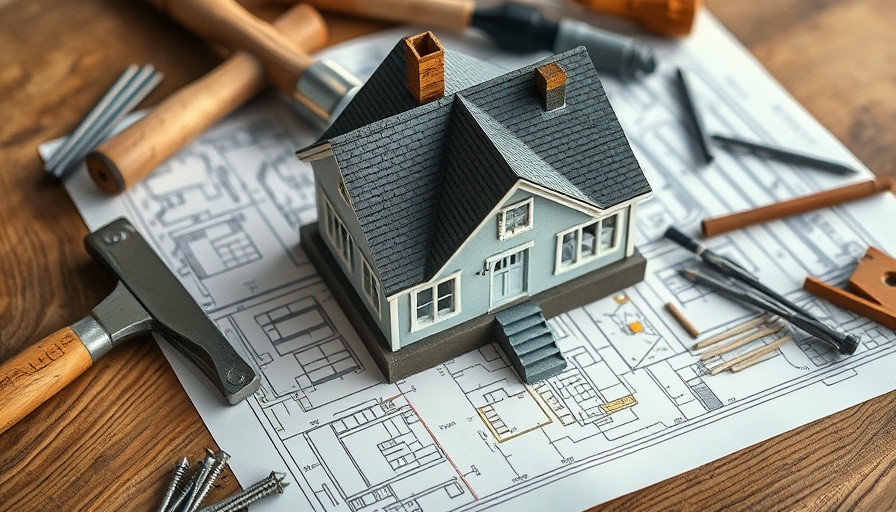
The Impact of Tariffs on Home Projects: What You Need to Know
2025 is shaping up to be a challenging year for homeowners looking to undertake renovation or DIY projects, thanks to the increasing tariffs affecting various building materials. According to George Carrillo, CEO of the Hispanic Construction Council, the rising costs of essential items like lumber and metals could mean significant price hikes across the board. With the change in tariffs taking effect quickly, it's paramount to prepare for these shifts and mitigate the financial impact wherever possible.
Understanding the Cost Hikes
The proposed tariffs are set to affect numerous materials fundamental to home projects:
- Lumber and Wood Products: Expect a surge in lumber prices, with softwoods such as Canadian pine and hardwoods like white oak facing an increase of 30% or more.
- Metal Hardware: Additional tariffs on metal supplies will make items like European hinges and fasteners more expensive.
- Drywall and Cement: With 70% of drywall supplies coming from Mexico, this material is particularly vulnerable to price increases, potentially rising by 22% and compounding the costs of home renovations.
Room Remodeling Projects: Budgeting Post-Tariff
Consider how room remodeling costs are ballooning. A simple dining room remodel that might have cost around $1,500 could inflate to more than $2,000 under the new tariff regime. To minimize expenses, homeowners can:
- Book and source materials ahead of the implementation of tariffs.
- Use reclaimed wood or locally sourced alternatives.
- Simplify design complexities to require fewer materials.
Practical Insights: Aging-In-Place and DIY Projects
For retirees considering aging-in-place modifications, the costs for renovations aimed at enhancing safety and accessibility are expected to rise steeply. A DIY wheelchair ramp that may typically set you back around $1,700 might reach $2,000. Tips to help reduce costs include prioritizing early purchases for critical components like grab bars and non-slip flooring. Additionally, opting for domestic composite materials can help in mitigating some price hikes.
Emotional Aspect: The Frustration of Rising Costs
As these financial strains hit, it’s essential to recognize the emotional turmoil this can cause. Many homeowners may feel overwhelmed or anxious about the idea of anticipated costs spiraling out of control. However, by taking proactive measures, such as comparing prices from multiple suppliers and planning projects strategically before tariffs take full effect, individuals can preserve not only their budgets but also their peace of mind.
A Call to Creativity and Urgency
While the landscape may look daunting, there lies an opportunity for homeowners to demonstrate creativity. By thinking innovatively about project designs and sourcing locally, one can craft beautiful and functional spaces without succumbing to skyrocketing costs. Engage with local experts and DIY specialists to find solutions tailored to your specific needs.
Final Thoughts: Preparing for 2025
Facing the reality of rising costs in home projects can feel heavy, but understanding these shifts allows homeowners to navigate the challenges ahead with confidence. Embrace proactive planning, gather resources, and communicate with knowledgeable professionals. The right approach can transform your home projects from a financial burden into an exciting opportunity for improvement and creativity.
 Add Row
Add Row  Add
Add 




Write A Comment